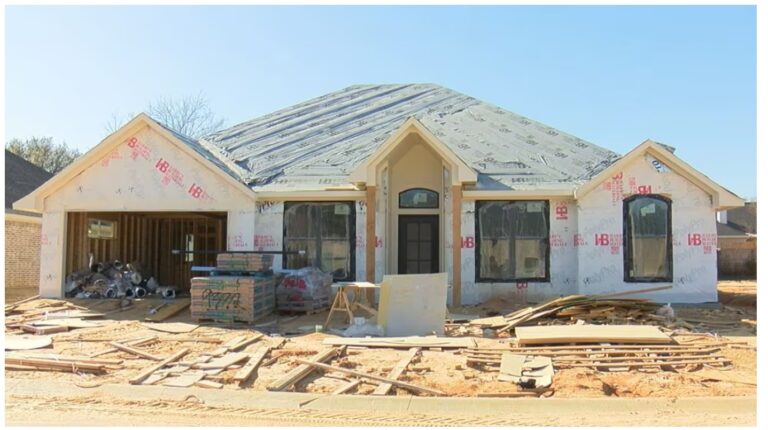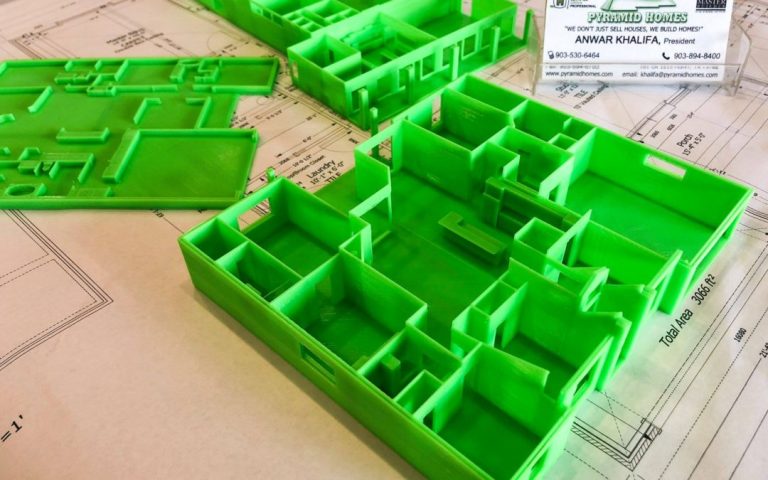Sustainability and high performance building incorporates construction and development techniques, materials and designs intended to minimize a home’s impact on the environment and conserve natural resources. It is a practical response to a wide range of issues affecting all consumers: rising energy costs, the need to improve air quality, ensure clean water and minimize water usage. It means:
- Energy-efficiency improvements, such as high levels of insulation, efficient HVAC systems, high-performance windows and energy-efficient appliances or lighting
- Water conservation measures, such as water-efficient appliances, water-conserving fixtures, filtration systems, and water-efficient or low-maintenance landscaping
- Resource conservation techniques, such as using high-performance engineered wood, wood alternatives, allergen-free materials, recycled building materials, sustainably harvested lumber and more durable products
- Indoor environmental quality considerations, such as effective HVAC equipment, use of formaldehyde-free finishes, and products with minimum off-gassing or low volatile organic compounds
- Site design techniques, like minimizing disruption and preserving open space
- Home owner education through orientations and manuals or operating guides
Most home builders already incorporate green building elements into their practices.
Policy Statement
NAHB supports voluntary sustainable, high performance new home construction and remodeling and provides resources and tools for its members that build sustainable home and communities.
Specifically, NAHB actively raises awareness for viable, credible, market-driven and voluntary green building initiatives at the federal level in both the legislative and regulatory arenas. It also assists state and local home building associations with advocacy efforts upon request.
In all of these endeavors, NAHB emphasizes that sustainable and high performance building must be voluntary. In particular, NAHB supports the cost-effective, consensus-based ICC/ASHRAE 700-2015 National Green Building Standard, developed by government, environmental and industry experts with a broad range of expertise and the only green rating system approved by the American National Standards Institute.
Why It Matters
Sustainability and high performance building are important to the home building industry, consumers and the nation because it promotes lower total ownership costs through utility savings and increased durability as well as an improved indoor living environment. It also encourages environmental awareness and stewardship and more efficient use of increasingly scarce resources and helps to conserve them for future generations.
Voluntary, above-code green programs provide builders and consumers with the flexibility that they need to construct homes that are sustainable, high performing, affordable, cost-effective and appropriate to the home’s geographic location.







